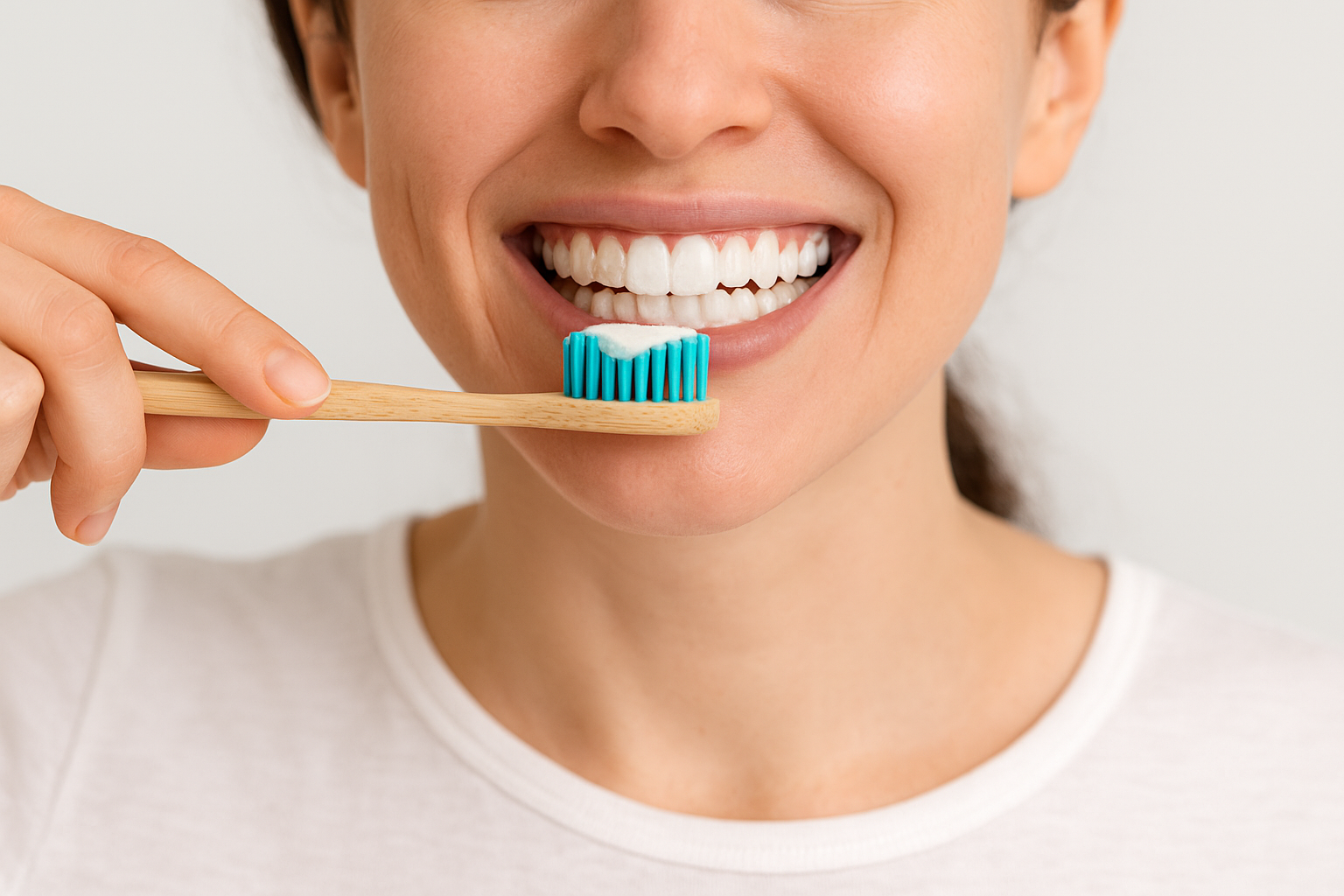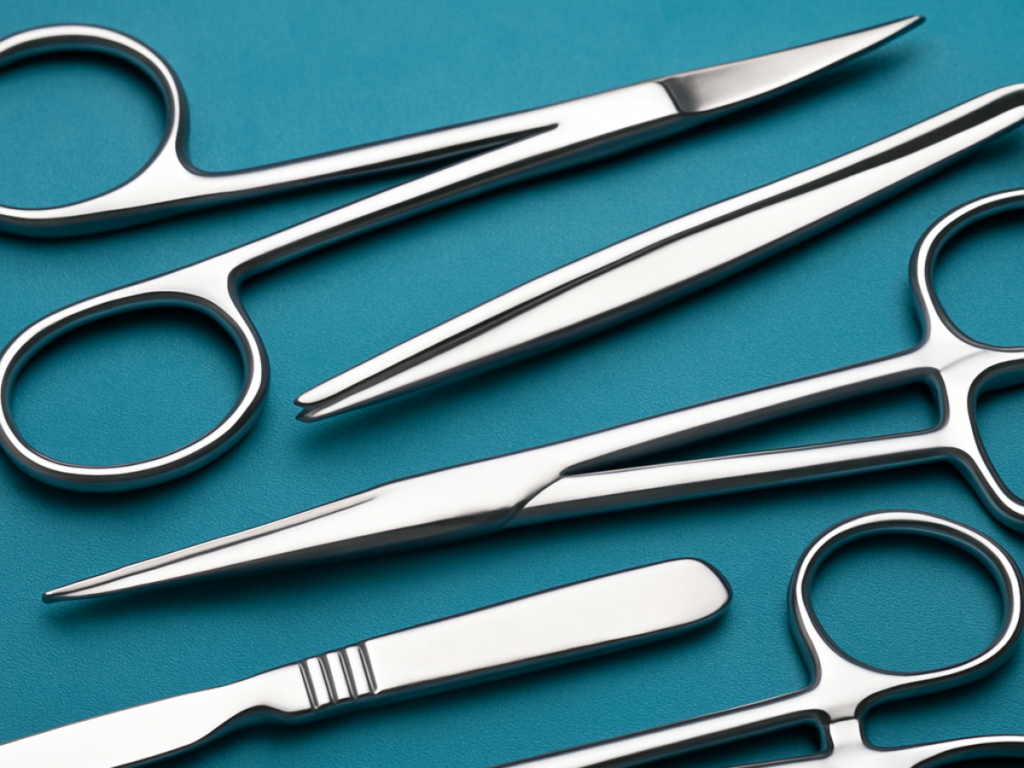The procedure might be over, but your recovery from oral surgery is just beginning—and what you do next matters. From managing swelling to knowing when to call your dentist, a little preparation goes a long way in making sure you heal quickly, comfortably, and without complications.
Whether you’ve had a tooth removed, a dental implant placed, or another type of oral surgery, this guide is here to help. We’ll walk you through what to expect, how to care for your mouth, and which red flags shouldn’t be ignored—so you can feel more confident, less anxious, and fully supported every step of the way.
At Elizabeth L. Wakim DDS, we provide attentive, personalized post-surgical care to help every patient recover smoothly. Our team takes the time to explain what’s normal, what’s not, and how to feel better faster—with check-ins, tailored advice, and ongoing support designed around your comfort and long-term health.
The First 24 Hours After Surgery
The first 24 hours after oral surgery are the most critical for protecting the surgical site and setting the stage for healing, as the body begins the initial phase of periodontal wound repair within minutes of tooth extraction. Early clot formation, tissue stabilization, and inflammation control all play a key role in proper recovery.
Here’s what to focus on:
- Control bleeding gently: Slight bleeding or oozing is normal. Bite down on a clean gauze pad as directed, changing it every 30–60 minutes until bleeding slows. Avoid spitting, rinsing, or using straws—these can dislodge the blood clot.
- Reduce swelling early: Use an ice pack on the outside of your cheek in 15-minute intervals. This helps minimize swelling and discomfort.
- Rest, don’t rush: Avoid bending, lifting, or physical activity. Rest with your head elevated to promote circulation and healing.
These early hours can impact the entire healing process—so don’t push through or skip steps. If anything feels off, it’s always okay to call your dental office for guidance.
Days 2–7: Supporting Healing at Home
The first week after oral surgery is all about keeping the site clean, managing discomfort, and avoiding complications. Research shows that postoperative care during this period plays a crucial role in reducing infection risk and supporting long-term healing. From gentle hygiene to proper rest, every small step supports a smoother recovery.
- Ease back into a routine: While rest is still important, light activity can resume after the first 48 hours if you feel up to it. Avoid anything that increases blood pressure or risks injury.
- Keep the area clean: Begin gentle rinsing with warm salt water 2–3 times a day—especially after meals. Avoid vigorous swishing. If prescribed a medicated rinse, follow instructions closely.
- Watch for signs of infection: Mild swelling and bruising are normal. However, call your dentist if you notice increasing pain, pus, persistent bleeding, or a fever over 100.4°F.
- Avoid tobacco and alcohol: Smoking and drinking during recovery can delay healing and increase the risk of infection or dry socket. Even nicotine alternatives should be paused.
What to Eat (and Avoid): Fueling Recovery Safely
Your mouth needs time to heal—and that means choosing foods that are gentle, soothing, and supportive of tissue repair. Here’s what to reach for (and what to skip):
Best foods during oral surgery recovery:
- Cool or room-temperature items: Yogurt, applesauce, smoothies (without seeds), and cottage cheese help soothe inflammation.
- Soft proteins: Scrambled eggs, shredded chicken, tofu, or soft-cooked fish provide nutrients without too much chewing.
- Blended vegetables and broths: Warm (not hot) soups, mashed sweet potatoes, and pureed veggies are easy on healing tissue.
- Hydrating choices: Drink plenty of water. Coconut water and low-sugar electrolyte drinks can help replenish fluids.
Foods to avoid while healing:
- Crunchy or hard foods: Chips, raw carrots, popcorn, and nuts can scrape the surgical site or get stuck.
- Sticky or chewy items: Caramel, chewing gum, or bagels can pull at stitches or cause irritation.
- Spicy or acidic foods: Citrus, tomatoes, and hot peppers may sting or delay tissue repair.
- Very hot beverages: These can interfere with clot formation and worsen inflammation.
Pain Management and Medication
Pain relief after a tooth extraction or other surgical procedure is key to a smooth and successful recovery. Most oral surgeons recommend starting pain management early to reduce discomfort and support proper healing. In fact, recent studies highlight the importance of tailored pain protocols in minimizing unnecessary antibiotic use and promoting better outcomes after dental surgery.
- OTC vs. prescription: For many patients, an over-the-counter pain reliever like ibuprofen can help manage swelling and discomfort. In cases involving more complex maxillofacial surgery, your oral surgeon may prescribe a stronger medication. Carefully follow all aftercare instructions for safe, effective relief.
- Stay ahead of discomfort: The first 24 to 48 hours matter most. Taking medication before the pain escalates helps reduce inflammation and supports blood flow to the area, encouraging healing.
- Be aware of side effects: Dizziness, upset stomach, or drowsiness can sometimes occur. If you notice anything unusual, contact your provider so adjustments can be made as needed.
Oral Hygiene During Healing

Keeping your mouth clean while allowing the extraction site to heal takes balance—and a gentle approach.
- Gently rinse, don’t swish: After the first 24 hours, rinse with warm water and salt (¼ teaspoon salt per glass) to keep the area clean and help prevent infection. Let the rinse flow without swishing or spitting to avoid disrupting the clot.
- Gently brush nearby teeth: Avoid brushing directly on the gum line near the surgical site, but keep the rest of your mouth clean. Use a soft toothbrush and avoid brushing too aggressively.
- Avoid mouthwash and alcoholic beverages: Unless your dentist says otherwise, steer clear of products with alcohol, which can irritate tissue and delay healing.
- No straws, no suction: Suction can dislodge the protective clot and lead to complications like dry socket. Stick to sipping and avoid anything that might increase pressure inside your mouth.
Swelling, Bruising, and When to Call Your Dentist:
Mild swelling, discomfort, and light bruising are all normal parts of healing—especially within the first 72 hours after oral surgery. But paying attention to your body and knowing when something feels off is key to protecting your oral health.
What’s expected:
- Swelling typically peaks within 48–72 hours, then gradually subsides
- Bruising near the jawline or cheek may appear and fade within a few days
- Some discomfort is normal and manageable with proper pain relief
To reduce pain and swelling early on, apply a cold compress for the first 24 hours (15 minutes on, 15 off). After that, switch to warm compresses if your provider advises it.
Keep your head elevated while resting—an extra pillow helps encourage fluid drainage and supports healing in the surgical area.
When to call your oral surgeon:
- Swelling that worsens after day three
- Pus or discharge near the surgical site
- Bleeding that doesn’t stop after using gauze packs
- Fever, chills, or a lingering foul taste
- Throbbing pain that doesn’t improve with medication
- Difficulty swallowing or opening your mouth
Most maxillofacial surgeons agree: catching a problem early is the best way to prevent pain and protect your overall health. If something feels off, it’s always better to reach out and get checked.
Healing at Your Own Pace
Every patient’s recovery is unique, but with the right care, clear guidance, and attention to aftercare instructions, a successful recovery is absolutely within reach. From knowing when to eat soft foods to spotting signs something isn’t quite right, small steps can make a big difference in protecting your oral health and avoiding complications after a tooth extraction or surgical procedure.
At Elizabeth L. Wakim DDS, we’re here to support your healing every step of the way. Our team takes a personalized approach to post-surgical care—so you feel informed, comfortable, and confident throughout the recovery process.
Ready to schedule or follow up after oral surgery? Call us at (724) 558-8222 or contact us online to talk with our team. We’ll help you care for your smile—gently, safely, and with your overall health in mind.

